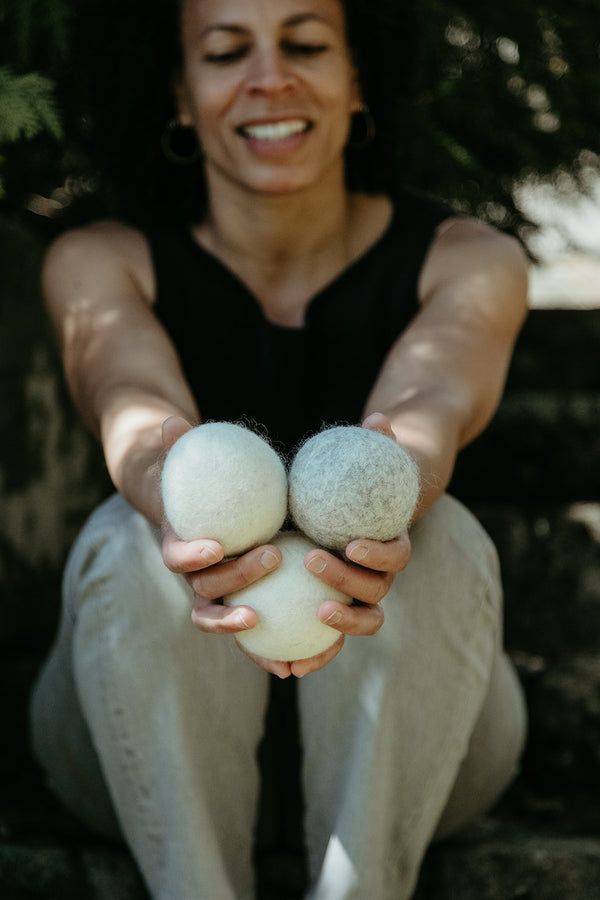Your Cart is Empty
Pick Your Perfect Pack
Pick Your Perfect Pack
8 Ways to Prepare for Spring
April 25, 2019 2 min read

As we slowly segue from one season to the next, many of us are itching to get out of our homes and into our gardens. We’re aching for the rain to subside and excited about the promise of fresh crops of vegetables and emerging flowers in vibrant hues.
“Living in Maine, we now have longer days and beautiful sunshine,” says LooHoo Wool Dryer Balls proprietor Cyndi Prince. “But we are still weeks away from getting our hands into the earth.”
These cooler temperatures welcome prep work, from cleaning the yard to ordering bulbs to conditioning soil for optimal planting.
So what are you waiting for? Dig in!
Place Your Order
Come springtime, garden centers will be filled with eager folks buying up bulbs and seeds. Avoid missing out on the newest dahlia or waiting for cucumber seeds to arrive. Start perusing seed and flower catalogs and make your selections. Buy now and avoid out-of-stock inventory.
Plant Seeds
Once you’ve got your seeds, plant them in small containers with drainage holes and keep indoors. It typically takes one to three weeks for seeds to sprout. By then soil will have warmed and planting season begins. Experts recommend planting six to eight weeks before the last frost.
Get Tidying
Rake leaves and twigs and clip old growth and start composting. You’ll need plenty of it to fertilize this spring.
Prepare Soil
Speaking of compost, now’s a great time to mix some in—dirt is soft and easy to till. Avoid chemical fertilizers and pesticides. Many communities offer composting classes (a smart way to repurpose old plants!) and some even give away compost to residents. Fertilize around the base of plants and gently mix in with existing soil.
Weed Ready
Before soil hardens with hot summer days, start pulling! Weeding while soil is soft and wet makes the chore a little easier.
Trim Away
Gardening experts recommend pruning in late winter when shrubs and trees are dormant. Leaves have dropped, making it easier to identify which areas need trimming. Clipping also invigorates the plants and leads to healthy new growth.
Stake Plants
It’s best to adhere growing vegetables like tomatoes or heavy flowers like snapdragons and zinnias to stakes or a trellis when they are small to avoid broken stems. Plants that grow two feet or taller are suitable.
Check Tools
Sharpen dull blades and take inventory. Replace worn-out gloves, missing gardening essentials and old tools that can no longer serve their purpose.
Leave a comment
Comments will be approved before showing up.
Subscribe
Sign up to get the latest on sales, new releases and more …

Join the LooHoo Community
Sign Up Now to be the first to learn about new products, sales and giveaways.

